Pre-Nursery
BUNNY
Exploring Snacks and Healthy Choices (UOI)
This week, the children in the pre-nursery class enjoyed an exploratory lesson focused on snacks. They observed and learned about various common snacks, discussing their colors, shapes, and tastes. Using colored modeling clay, they created models of their favorite snacks. Through role-playing games, the children took on the roles of little customers and chefs, engaging in imaginative play.
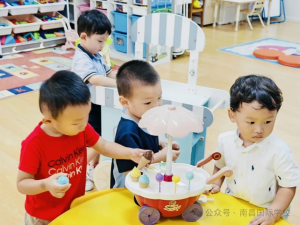
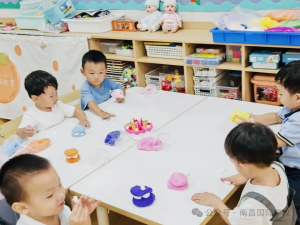
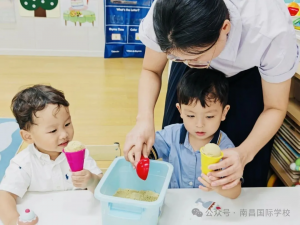
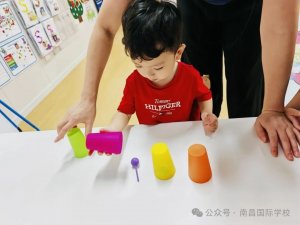
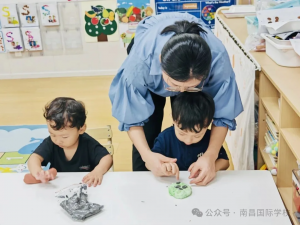
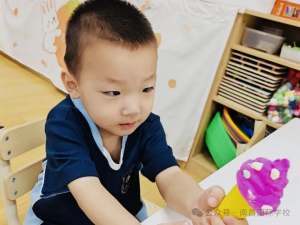
The teacher also read a picture book about healthy eating, encouraging the children to reflect on the relationship between taste and nutrition. This highly interactive lesson not only sparked the children’s interest in food preparation but also helped them understand the importance of eating snacks in moderation and maintaining a balanced diet.
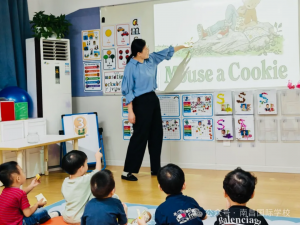
Nursery
BUTTERFLY
Sense of Sigh (UOI)
This week, the Butterfly students engaged in an inquiry into the human body and the sense of sight through an exploration of shadows. Taking advantage of the warm weather, the children participated in an outdoor learning experience where they joyfully discovered how their shadows moved with them and changed in size. This sparked curiosity and led to meaningful discussions about light, perspective, and how our eyes help us observe the world around us.
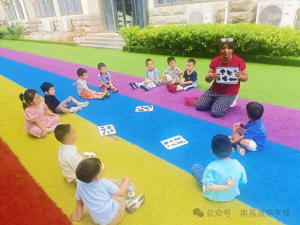
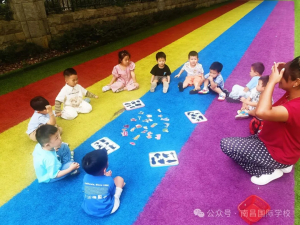
Following the outdoor exploration, the students took part in a hands-on activity where they matched various images to their corresponding shadows. They located pictures placed on the ground and carefully connected them to their shadow counterparts on a magnetic board. Through this experience, we reinforced the idea that our eyes are essential tools for identifying and making sense of what we see.
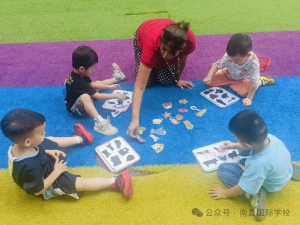
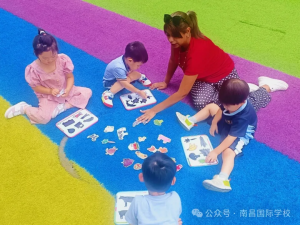
This activity nurtured the students’ natural curiosity and encouraged them to be reflective and observant—key attributes of the IB Learner Profile.
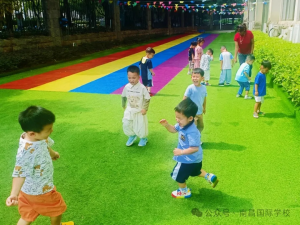
Pre-k
PANDA
Exploring Pitch Through the String Family
In Panda Music class, we are exploring the musical concepts of high and low pitch, connecting them to Panda Class’s current Unit of Inquiry, which centers on the idea that “Similarities and differences bring people together.” In music, we see this idea reflected as we learn how different pitches combine and how instruments can be grouped into families based on shared characteristics.
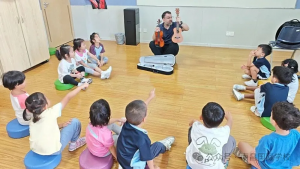
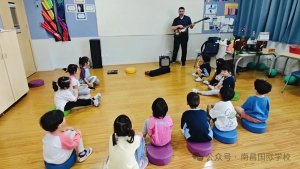
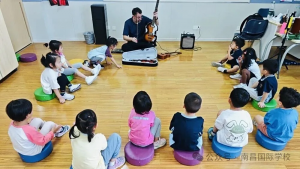
Our focus has been on the string family. The students have been comparing the string instruments we have in class—violin, ukulele, and bass guitar—observing the differences in their size and string thickness, and connecting these physical features to the sounds they produce. This supports an early understanding of how instruments are classified.
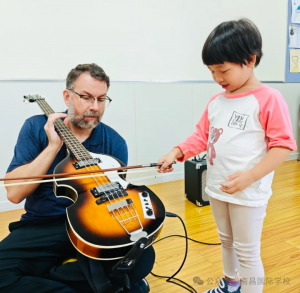
The highlight of the inquiry emerged from the students’ own curiosity when they proposed an experiment: using a violin bow to play the bass guitar. The result was a unique, deep sound that fascinated the group. This hands-on investigation was a wonderful example of how exploring similarities and differences can lead to new discoveries and a deeper understanding of musical concepts.
Kindergarten
KOALA
Exploring Tens and Ones (MATH)
This week in Koala Class, our math focus was on understanding “tens and ones” through the concepts of “one more than/less than” and “ten more than/less than.” The goal was to help children move beyond memorization and develop a deeper understanding of how numbers relate to each other, which is essential for their mathematical development.
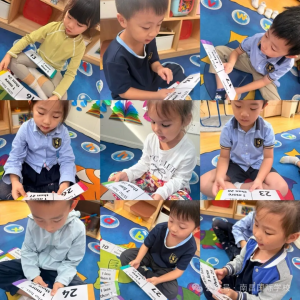
The children participated in our Numbers Bingo game, where they quickly identified numbers that were one or ten more or less than the called number to mark their boards.They especially enjoyed “Hair Band Numbers” and the classic “I Have, Who Has” game, adapted to reinforce the more/less than concepts. These activities not only reinforced their learning but also encouraged quick thinking and listening skills as they engaged with their peers.
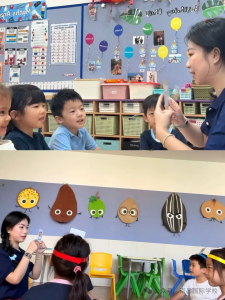
It was wonderful to see their confidence grow as they became more comfortable with these key mathematical ideas, making this week’s math lessons both educational and enjoyable.
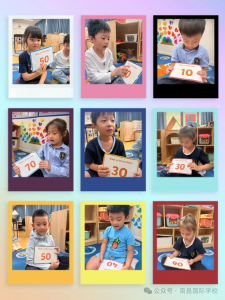
First Grade
TIGER
Creative Story and Quiz Makers (LITERACY)
In Literacy, Tigers are exploring new vocabulary and sharpening their phonics skills while being creative story makers.
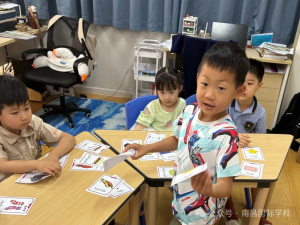
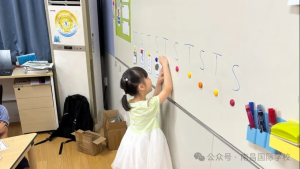
One of the class’s favorite ways to apply their new vocabulary words is to make funny stories with flashcards that we are studying. How does it work? Each student takes a turn choosing a flashcard to put on the board that must be incorporated into the story in some way. This has led to some very humorous tales!
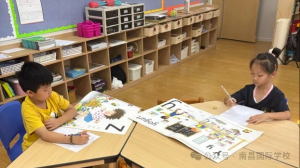
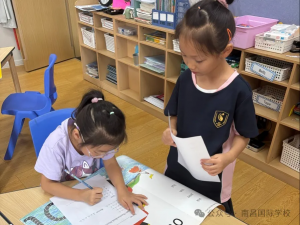
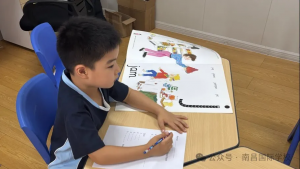
Second Grade
LION
Verbs in Action (LITERACY)
For the past two Fridays, Lions have been taking advantage of their double block of Literacy by getting active with action verbs. In the first class, they explored action verbs associated with exercise, such as jump, twist, roll, sprint and sway.
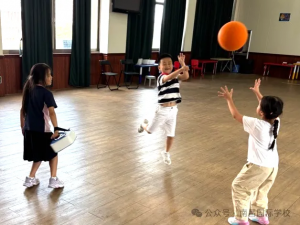
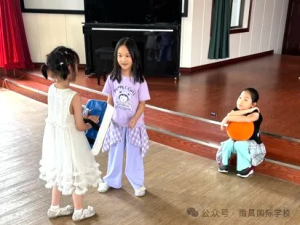
Next, they paired-up and made their own exercise sequences, each sequence consisting of five different action verbs. Each group was asked to make five sequences in all. In the second class, they went to the gymnasium, where each group chose one of their sequences to perform for the class. If time allowed, groups tried each other’s sequences.
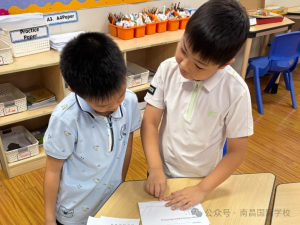
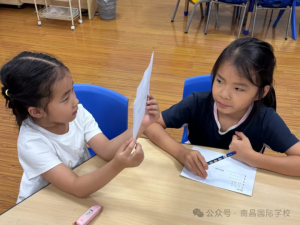
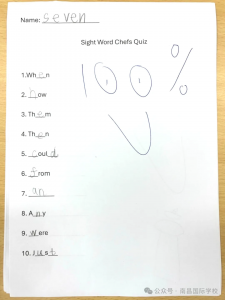
From the activity, students strengthened their understanding of verbs, something extremely beneficial as all sentences must have a verb to be a sentence. Also, strong verbs make strong sentences, and understanding verbs is the first step to becoming a strong writer!
Third and Fourth Grade
BEAR
Writers use specific language for effect (Literacy)
In a lesson we explored language writers use for effect. I posted the following provocation to the students: “The dragons eyes were a blazing furnace”. Students were able to make the realization that this painted a better picture than simply saying “The dragon had red eyes”. We learned that writers are like artists that paint with words, trying to paint the best picture of their story as possible, and they use interesting words and phrases to do this.
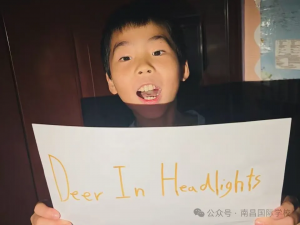
We then explored several passages and students identified and highlighted words or phrases they felt for chosen for effect. Finally, we examined and discussed similes and metaphors. Two examples of these are the following: “After two hours in the sun, he was a lobster”, and ” he moved as slow as a snail”.
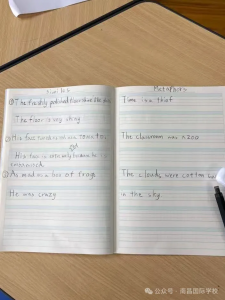
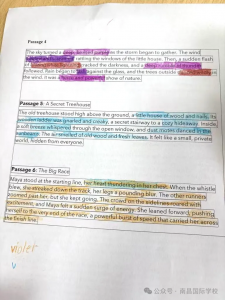
Fourth Grade
EAGLE
A Collaborative Exploration of Culture and Belief (UOI)
This week, students used online tools to independently research diverse cultural traditions, synthesize information, and create awareness posters, which proved to be highly successful from an IB perspective. The task effectively fostered the learner profile attributes of Inquirers, Thinkers, and Communicators, as students formulated questions, critically evaluated sources, and presented their findings. It also strongly developed key Approaches to Learning (ATL) skills, particularly in research and media literacy through information gathering and filtering, and in communication skills through creative design.
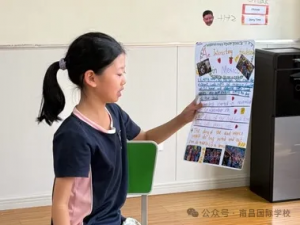
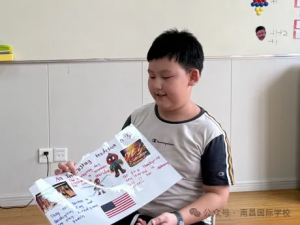
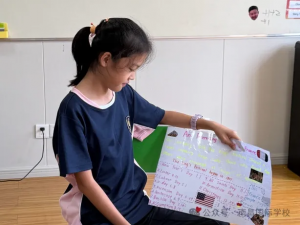
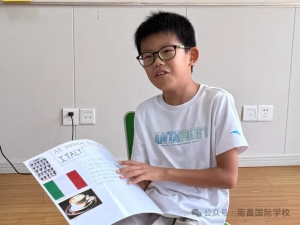
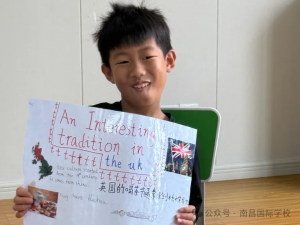
Most importantly, this inquiry-based approach deepened international-mindedness by encouraging students to move beyond simple facts and gain an appreciation of how cultural practices express the underlying values and beliefs of communities. This made the abstract concepts of tradition and value both tangible and personally meaningful.
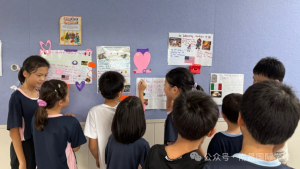
Additionally, students and teachers will vote on which tradition they think is most interesting, adding an element of fun and competition to the learning process. Let’s see whose tradition will be the most popular!
Sixth Grade
DARGON
Exploring Language and Justice Through Martin Luther King’s Words (LITERACY)
This week, student explored how figures of speech can powerfully shape meaning in speeches. We began with a vocabulary and paraphrasing game using Martin Luther King Jr.’s “I Have a Dream” speech, helping students engage with new language in an interactive way.
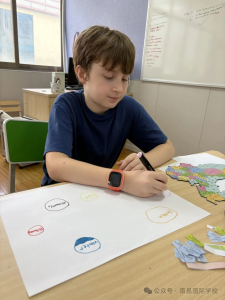
Moving beyond analysis, the lesson reflected the IB ethos by encouraging empathy and international-mindedness. Student has examined the historical context of injustice, showing Caring and Principled learner traits.
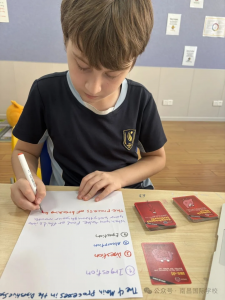
Linking to Theory of Knowledge, we also discussed how language influences belief and power. Through this, he strengthened key ATL skills, especially communication and creative thinking.More than a language lesson, this was a reflection on how words can inspire change.
Highlight of the Week
Celebrating Together
This week, our school community gathered to celebrate the birthdays of all students born in September. This monthly tradition is more than just a celebration—it’s a way to honour each learner and build a strong, inclusive community.
Following the birthday gathering, students enjoyed shared playtime across grade levels, promoting friendships, cooperation, and joy. Events like these reflect our IB values by nurturing a caring, balanced, and inclusive learning environment where every student feels seen and connected.